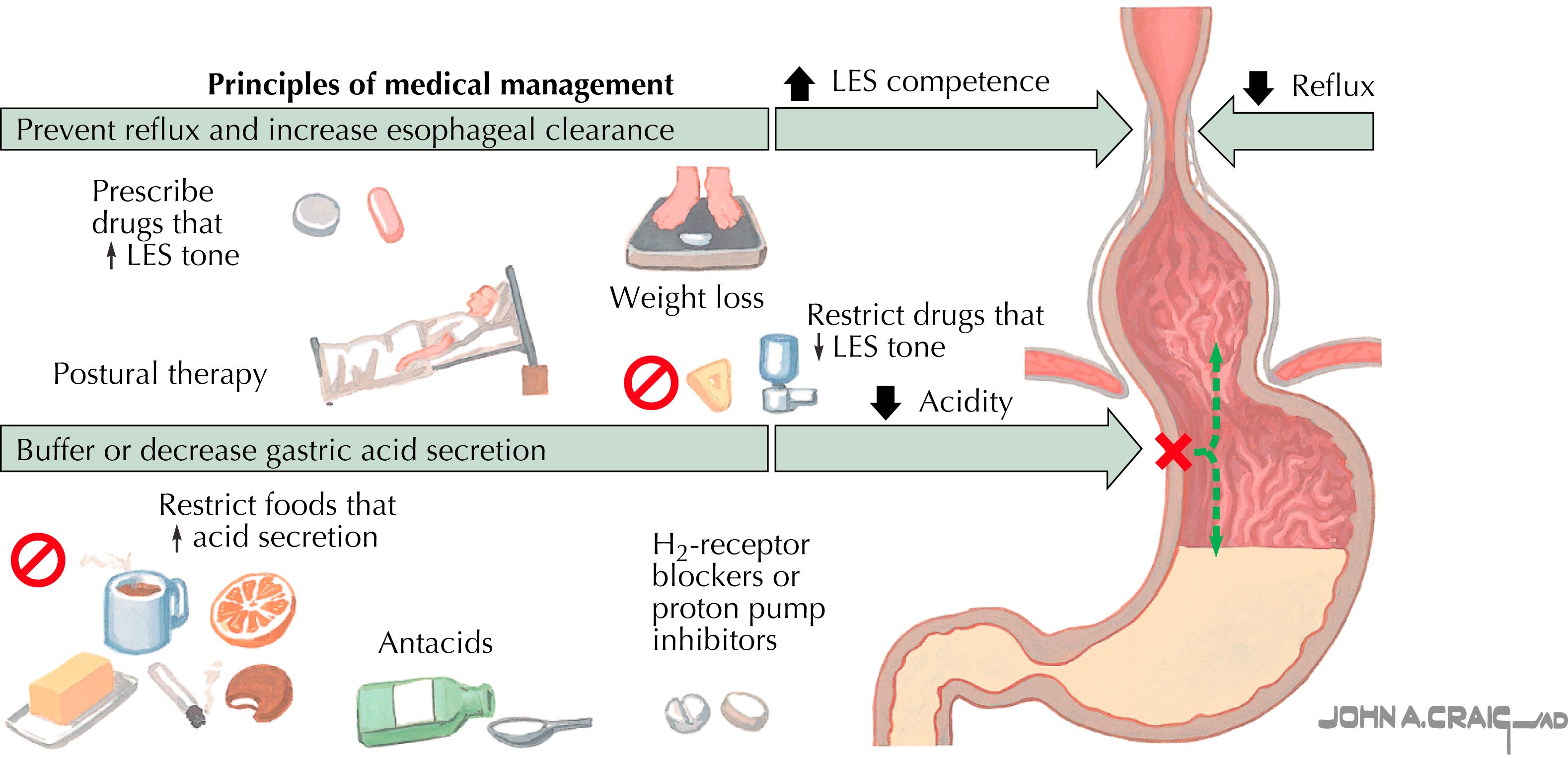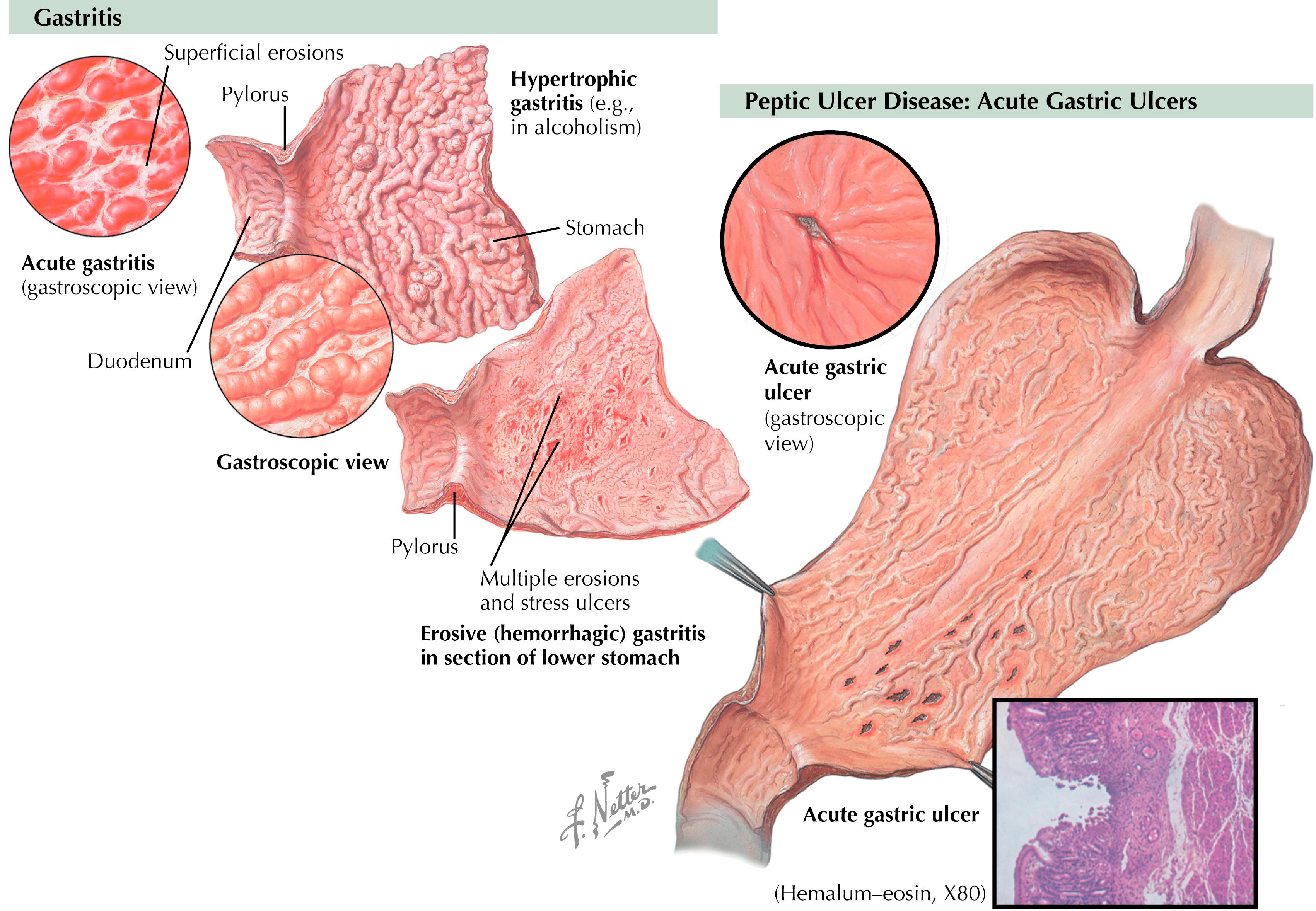Physical Address
304 North Cardinal St.
Dorchester Center, MA 02124
The gastrointestinal (GI) system and its processes are a secondary priority for the body during exercise. As a result, GI dysfunction and disease can often impede maximal athletic potential. During exercise, blood flow is diverted from the splanchnic circulation and preferentially distributed to demanding peripheral muscles. Additionally, sustained movement created during athletic activity can cause disruption to physiologic GI functioning. These factors are thought to be the most common source of various GI problems experienced by athletes. Fortunately, despite almost 90% of some populations reporting some exercise-associated GI symptoms, the severity of illness is typically mild.
Red-flag symptoms include weight loss, dysphagia, black or bloody stools, and abdominal masses.
Differentiate upper GI from lower GI symptoms: nausea, cramping, bloating, and diarrhea
Determine severity of disease: hematochezia vs. melena
Consider effects of foods and beverages, anxiety/stress, caffeine, tobacco, alcohol, nonsteroidal anti-inflammatory drugs (NSAIDs) or other medications, drugs of abuse, or other supplements
Assess possibility of undiagnosed systemic disease (e.g., celiac or inflammatory bowel disease)
Signs of abnormal palpatory examination: localized or generalized abdominal tenderness, organomegaly, mass, hernia, and peritoneal signs
Signs of volume depletion: orthostatic hypotension and tachycardia
Signs of inflammatory bowel disease: oral ulcers, dermatologic and ocular signs, and joint manifestations
Signs of thyroid disease: thyromegaly, altered reflexes, and dermatologic and ocular manifestations
Signs of systemic wasting: temporal wasting, lymphadenopathy, hepatomegaly, and splenomegaly
Infectious: gastroenteritis and hepatitis
Neoplastic: GI tract cancer and lymphoma
Endocrine: hyperthyroidism, hypothyroidism, and pancreatic disease
Autoimmune: Crohn disease, ulcerative colitis, and celiac disease
Trauma: GI and genitourinary organs
Vascular: cardiac and mesenteric ischemia
Other: peptic ulcer disease, irritable bowel syndrome (IBS), constipation, medication- or supplement-induced disorder, food allergy, and other problems related to food or beverage intake
| Upper GI Problems | Lower GI Problems | General GI Problems |
|---|---|---|
| Angina/Cardiac Ischemia | Runner’s Diarrhea | Anxiety/Stress |
| Gastroesophageal Reflux | Lower GI Bleed | Acute Gastroenteritis |
| Gastritis | Ischemic Colitis | Traveler’s Diarrhea |
| Peptic Ulcer Disease | Cecal Slap Syndrome | Celiac Disease/Nonceliac Gluten Sensitivity |
| Delayed Gastric Emptying | Celiac Artery Compression Syndrome | Irritable Bowel Syndrome |
| Upper GI Bleed | Inflammatory Bowel Disease | |
| Exercise-Associated Transient Abdominal Pain |
Determine the necessity of tests based on the severity of symptoms. Tests may include cell blood count, iron studies, hepatic function panel, Helicobacter pylori testing, electrolytes, thyroid studies, erythrocyte sedimentation rate/C-reactive protein (ESR/CRP), and occult blood in stool and other stool studies
Upper GI pain related to training and competition often presents a diagnostic dilemma, as both serious and benign etiologies often have similar presentations. Common symptoms include epigastric pain, dysphagia, dyspepsia, nausea, vomiting, and heartburn.
During exercise, central blood volume is maintained by redirecting blood away from internal organs, particularly the splanchnic bed. Studies have revealed that splanchnic blood flow declines from 1.56 L/min at rest to 0.3 L/min at maximal exercise.
Possible negative effects of exercise-induced shunting: Decreased esophageal motility, erosive hemorrhagic gastritis, delayed gastric emptying, diarrhea, and intestinal bleeding.
Angina or cardiac ischemia: Epigastric pain referred from the heart is a “Can’t Miss” diagnosis that should always be seriously considered in patients, especially in older athletes.
Gastroesophageal reflux (GER)
Vigorous exercise causes GER in healthy subjects, notably in runners, bicyclists, and weightlifters, and those just initiating exercise programs.
Frequency, amplitude, and duration of esophageal contractions decline with increasing exercise intensity.
Hypoperfusion resulting from exercise-induced arterial shunting to muscles and skin may cause reduced esophageal motility.
Treatment: H 2 blockers for acute episodes. For persistent occurrence, consider proton pump inhibitors (PPIs) daily for 1–2 weeks. Taking PPIs on an “as needed” basis may not provide optimal acid reduction. Otherwise, may adhere to standard medical management for GER, alteration of oral intake (avoid symptom-triggering foods and beverages, no food for 3 hours before exercise).
Gastritis: Erosive gastritis may be induced by exercise-related hypoperfusion, mechanical forces, or NSAIDs: often hemorrhagic. If hemorrhagic, typically self-limited within 72 hours, but can resolve acutely with medication. Treat with H 2 blockers, PPIs, and antacids ( Fig. 30.1 ).

Peptic ulcer disease is as common in runners as in the general population; use standard medical management ( Fig. 30.2 ).

Delayed gastric emptying may be related to bloating, reflux, or both; likely only at severe exercise; may be caused by hypoperfusion, resulting from arterial shunting away from the splanchnic bed.
Upper GI bleeding: May be related to hemorrhagic gastritis or peptic ulcer disease (see the “Gastritis” section); mechanical cause is proposed in some cases. Gastric fundus is the most common site for gastric bleeding because the shearing force from the adjacent diaphragm may be the source.
Evaluate and treat using standard upper GI methodologies.
Improve hydration before and during performance. Increased plasma volume may reduce ischemia.
Exercise-associated transient abdominal pain (ETAP): Often referred to as a “side-stitch”; presents as pain, most often in the lateral aspect of the midabdomen. Incidences decline with age and fitness level. It is a benign condition with proposed mechanisms including diaphragm spasm, exertional irritation of parietal peritoneum, compression of thoracic intercostal nerves, and trapped gas in hepatic or splenic flexure. Avoid solid meals 2–3 hours before exercise for prevention; may consider liquid meals. Acute treatment strategies include deep breathing, decreasing exercise intensity, pressing on the area, and stretching. Typically symptoms resolve within minutes once exercise is stopped.
Become a Clinical Tree membership for Full access and enjoy Unlimited articles
If you are a member. Log in here